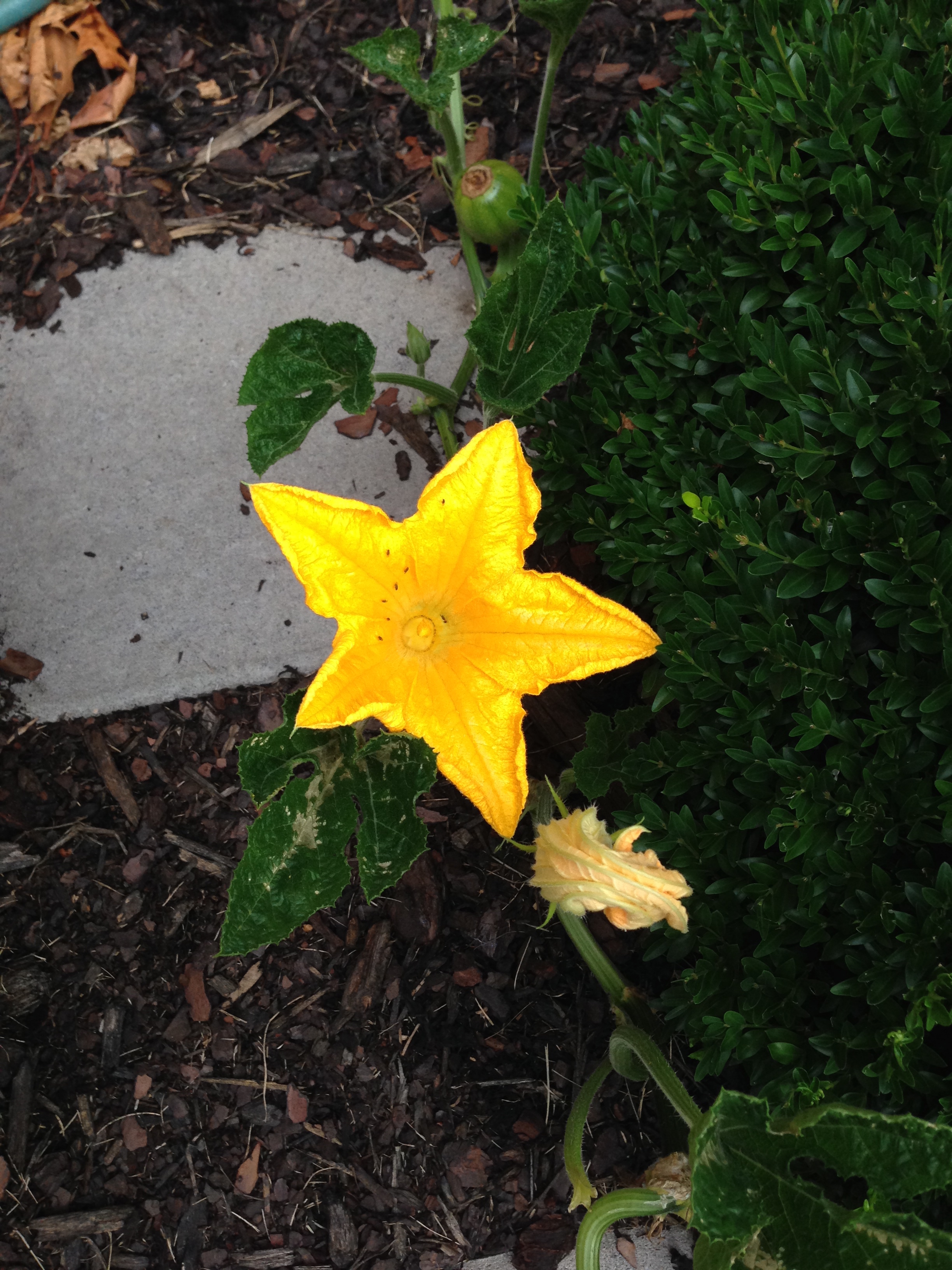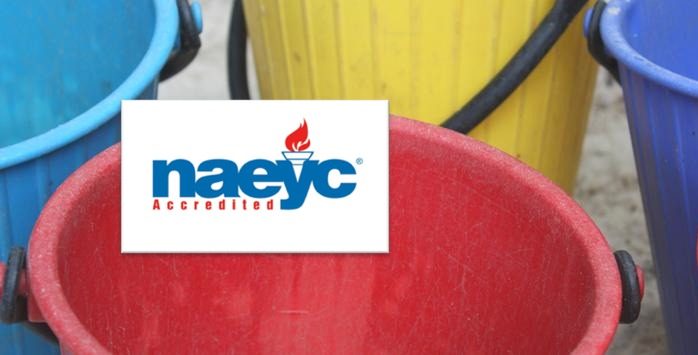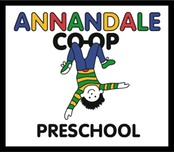 Spring has sprung in Northern Virginia. The kids have been tiring themselves out while enjoying the nice weather. It is never more apparent when a spring cold snap arrives for parents to remember how important going outside to play really is. In between raindrops and frost this week, we’ve been riding bikes, swinging and playing in the school sandbox.
Spring has sprung in Northern Virginia. The kids have been tiring themselves out while enjoying the nice weather. It is never more apparent when a spring cold snap arrives for parents to remember how important going outside to play really is. In between raindrops and frost this week, we’ve been riding bikes, swinging and playing in the school sandbox.
One opportunity to get outside to play is the upcoming Fun Run. This annual run by Annandale Cooperative Preschool will be held on Saturday, April 30. Register today!
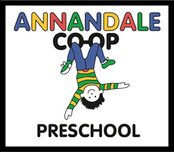
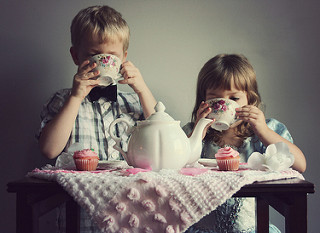 I feel like meal time manners have their ups and downs at my dinner table. Oftentimes my preschooler is a gem while at the table – sitting up straight, using silverware, napkin in lap, etc. The other times, I feel as though a tiny Neanderthal has joined me. It is those times where absurd sentences spew from my mouth, such as “it is never ok to poke the dog with your fork” or “please stop finger painting on your brother with ketchup”. I have found myself more often than not referring back to the
I feel like meal time manners have their ups and downs at my dinner table. Oftentimes my preschooler is a gem while at the table – sitting up straight, using silverware, napkin in lap, etc. The other times, I feel as though a tiny Neanderthal has joined me. It is those times where absurd sentences spew from my mouth, such as “it is never ok to poke the dog with your fork” or “please stop finger painting on your brother with ketchup”. I have found myself more often than not referring back to the 
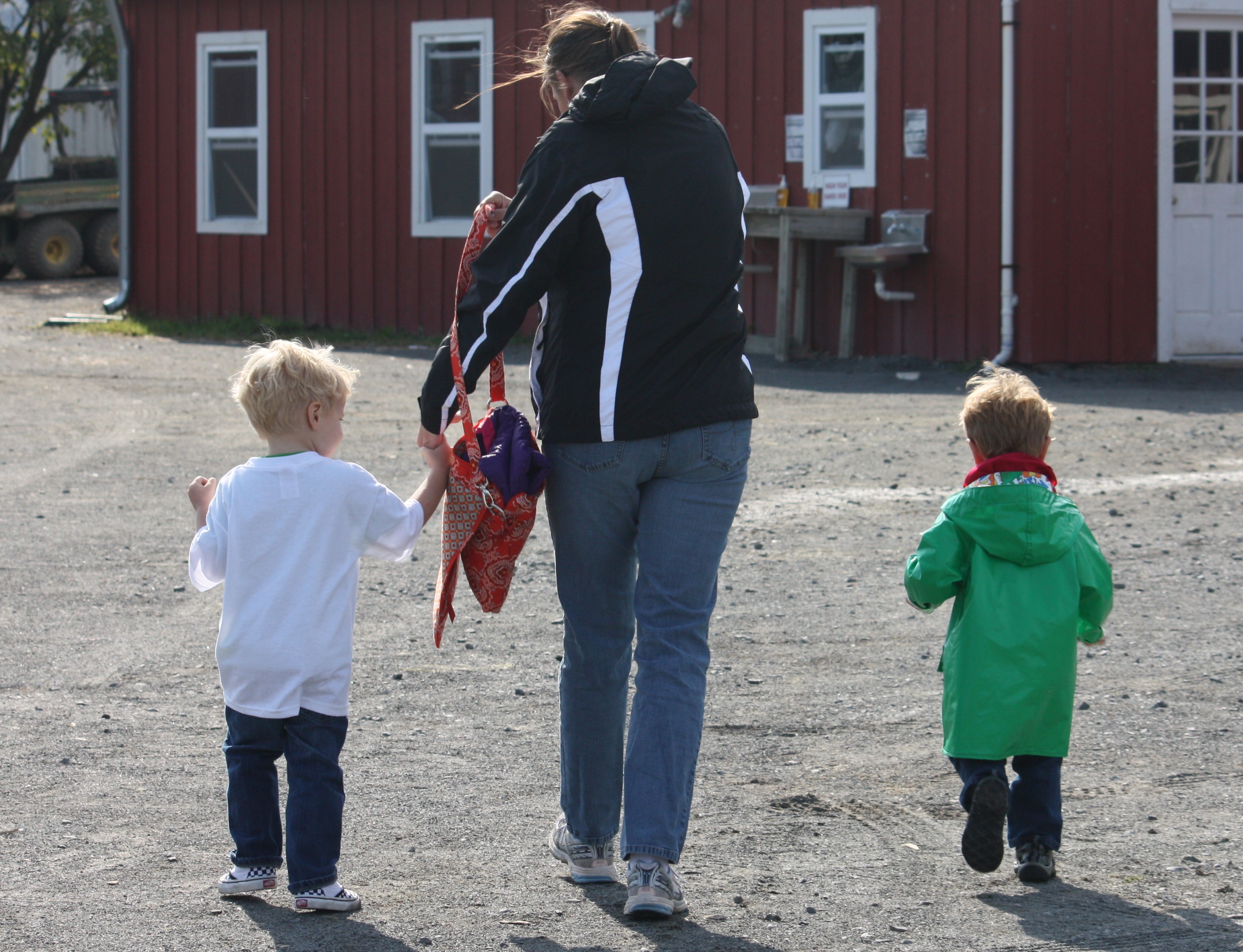 Now that school has started, you and your child are becoming familiar with all the new routines. To aid your child in their transition, please try and follow the same routine when you say goodbye. A good-bye routine builds structure and enables your child to quickly gain an understanding that although you are leaving, you will come back.
Now that school has started, you and your child are becoming familiar with all the new routines. To aid your child in their transition, please try and follow the same routine when you say goodbye. A good-bye routine builds structure and enables your child to quickly gain an understanding that although you are leaving, you will come back.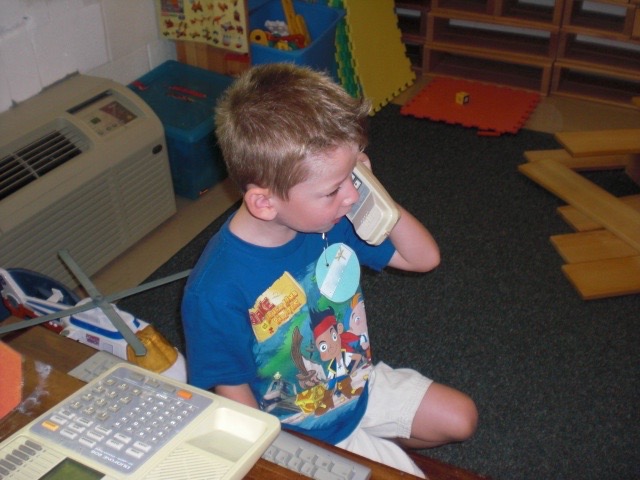 child learn ways to deal with feelings and problems. A child who feels they are being listened to and heard will be less likely to become frustrated and resort to using methods other than words to try to make someone hear them. By listening, you also show your child how to be a good listener. Being a good listener helps children learn to solve problems together and work out conflicts that arise.
child learn ways to deal with feelings and problems. A child who feels they are being listened to and heard will be less likely to become frustrated and resort to using methods other than words to try to make someone hear them. By listening, you also show your child how to be a good listener. Being a good listener helps children learn to solve problems together and work out conflicts that arise.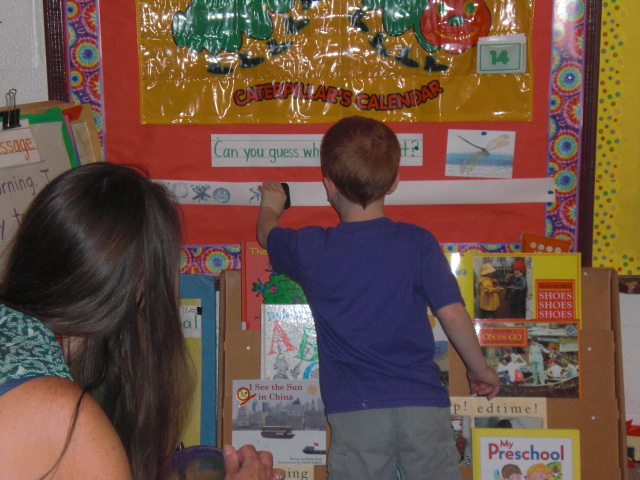 Children also have feelings that they may not know how to express. Listening for feelings requires both active and reflective listening. It shows you understand the meaning behind your child’s words. Both types of listening begin by showing that you are listening: stop your other activities and get down at your child’s eye level so that you look directly at him/her. After you hear what you child has said, think of words to describe what he is feeling. Try words like delighted, enjoy, appreciate, excited, proud, pleased, annoyed, confused, disappointed, frightened, scared, sorry, etc. By giving words to the feelings, overtime the children will learn to use those words when they need them.
Children also have feelings that they may not know how to express. Listening for feelings requires both active and reflective listening. It shows you understand the meaning behind your child’s words. Both types of listening begin by showing that you are listening: stop your other activities and get down at your child’s eye level so that you look directly at him/her. After you hear what you child has said, think of words to describe what he is feeling. Try words like delighted, enjoy, appreciate, excited, proud, pleased, annoyed, confused, disappointed, frightened, scared, sorry, etc. By giving words to the feelings, overtime the children will learn to use those words when they need them.